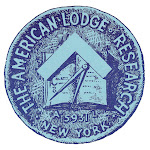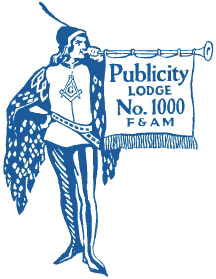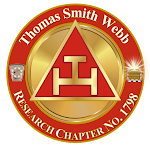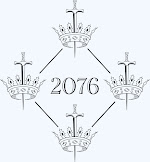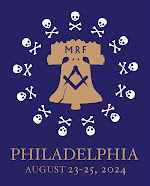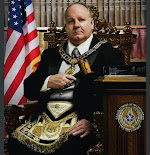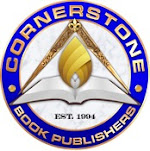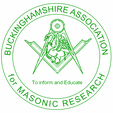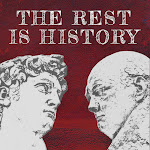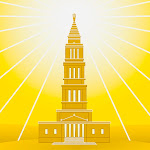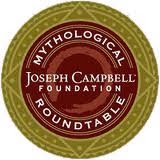Honestly, it feels like it was ten years ago, but it was only in 2012 when I was guest speaker at Grand Master’s Day at DeWint House in Tappan, New York. It is an annual celebration that I enjoy attending for a variety of reasons. Earlier this week, I accidentally found the text of my remarks from that day, from which the following is excerpted for today’s Flashback Friday. When the arrangements were made originally, I was told to prepare for ten minutes; on the day of, I was told by Head Honcho Norman Moon that the schedule was tight, and I now had four minutes. Norman!
Grand Master’s Day 2014 will take place next weekend, on the 24th, and RW Norman Moon will be the much deserving honoree. I am looking forward to it. But now, a look back at two years ago, with apologies to William Wordsworth.
Temples Lie Open unto the Fields
Presented to DeWint House
On Grand Masters Day
Sunday, October 7, 2012
Most Worshipful Grand Master, Right Worshipful Deputy Grand Master, Right Worshipful District Deputy Grand Master, Trustees of the Masonic Hall and Home, distinguished brethren, friends of Freemasonry, and supporters of the DeWint House all:
Thank you for the honor of being able to speak at this place today. 2012 is the eightieth anniversary of Grand Lodge’s acquisition of the DeWint House, and is the 260th anniversary of Bro. George Washington’s initiation into Freemasonry, and is the 280th anniversary of Washington’s birth. So I was hoping the stars would align, and keep the rain away.
I have come to praise the DeWint House. I’m a New Jersey Mason, so I’m kind of looking at things from the outside, but maybe that is a better vantage point – that of a visitor – to gain added perspective. I see the DeWint House as more than a historic site, and even as more than a Masonic treasure made accessible to the public. Having attended Grand Master’s Day and other events here for several years, I recognize this special place as nothing less than a temple dedicated to the heroes and ideals that made the creation of our nation possible. Perhaps you don’t hear it often enough, but these buildings and grounds you maintain so carefully serve to inform the American citizen of so many lessons that must be understood and appreciated in order for the meaning of America to be handed down to posterity.
This land is alive. The exotic trees and beautiful plants that please our eyes are much more than decoration. They tell the visitor to the DeWint House that Freemasonry and Americanism possess a vitality that feeds on new sensory experiences. This is not a
historic site frozen in time, despite its lovingly preserved structures and artifacts. This is a place to walk. Yes, it is remembered for who and what happened here way back when, but it also is a place that looks to its tomorrows. The landscape is so enticing, I wouldn’t be surprised if newly married couples came here with their photographers for wedding pictures, making their own histories. This cannot be taken for granted.
We face a crisis in American culture in which the creators of modern memorials to America’s great heroes and remembrances seem to not know what they are doing, while simultaneously those who visit these new places appear unable to dedicate their hearts and minds, even for a moment, to the purpose of the monuments.
Just an hour’s drive to the south, at the National September 11th Memorial where the World Trade Center once stood, many visitors – apparently detached from the loss of life there – regard that place not as hallowed ground, but as another tourist spectacle on the doubledecker bus route. The September 2 edition of the New York Post puts it this way:
They’re treating it like a national playground. At the National September 11th Memorial, tourists balance coffee cups and soda bottles on the parapets bearing the names of the dead.
Parents hoist their children to sit on the bronze plaques, while other visitors splash water from the two waterfalls onto their faces to cool themselves on a hot summer day.
It hasn’t even taken one generation to reach this point. It’s been eleven years.
Last October, the Martin Luther King, Jr. Memorial was unveiled in Washington, DC. Known for his inspiring oratory, the monument actually manages to misquote King, putting words into his mouth that he didn’t actually say. I guess fact-checkers weren’t available. Worse still, in terms of symbolism, is the fact that the sculptor hired to create the statue comes from Communist China, where any fledgling Doctor King, and many a Christian in general, would find himself at the mercy of the police state. Furthermore, in a typical Chinese insult to America, the sculptor worked only in granite imported from China. I suppose quarries in the United States are fresh out of granite.
Also in the Federal City, but still in the planning stages, is the Dwight D. Eisenhower Memorial, which will be built near the base of Capitol Hill, and in proximity to Carter-era bureaucracies the planners say were in some way inspired by Eisenhower’s
presidency. But what really catches the critical eye is a depiction of Eisenhower himself. There is to be a sculpture of Eisenhower shown as a country boy. This is to symbolize the humble beginnings and great potential of so many Americans, and of America itself, but is it proper to show the Commander-in-Chief of the Allied Expeditionary Force that liberated Europe, and that introduced the Pax Americana that interrupted a thousand years of war in Europe as a kid from Kansas? It gravely misses the point of it all. And seemingly deliberately, as the likeness of a child can hardly communicate the immense importance of what Ike accomplished in humanity’s most existential crisis.
I think what these projects need is a Masonic cornerstone-laying, or some other employment of the steady hand of Freemasonry. We aren’t afraid to champion grand ideas or to celebrate the greats of our history. They are key to our education as thinking, sentient, people.
Yes, George Washington slept here. And ate here. And commanded here. His personal staff flag flies here today because it has meaning that cannot be shelved like a book, or filed like a document. What New York Freemasonry gives to its fellow citizens by providing this special place cannot even be measured in a tangible way. It is something spiritual and educational. If properly understood, the DeWint House is a living testament to the virtues and morals that are the foundations of any free society, but especially ours.
You know the story of General Benedict Arnold’s treason and Major John Andre’s espionage, and how they came to involve this historic town and this very land where we meet today. But always remember what endures beyond the historical facts of those events in September and October of 1780. (Tuesday was the 232nd anniversary of Andre’s execution.) America has elected civilian leadership of her armed forces, so that no general in pursuit of greater personal glory can be positioned to destroy the nation. Appreciate how loyalty, truth, and honor are the supports of all square dealings among citizens. No social, economic, or political life can exist without these virtues being upheld by the people. No future worth having is possible without these fundamental ethics being visible in the actions of the government and the governed.
There can be no brotherly love among peoples who are bereft of loyalty, truth, and honor. To me, everything we see here stands for something. The graves of the slaves can remind us that slavery in the civilized world is dead. The exotic trees from so many distant places almost seem to teach us that if unity is achieved from diversity, greatness will follow. And of course the many representations of George Washington speak to his principled leadership as an underdog military commander who could not have achieved his immortality without his steadfast virtue.
Arnold is remembered as a traitor, his name is even synonymous with betrayal, while Major Andre was mourned as an officer killed in the service of his country – much as Nathan Hale is remembered. His statue stands in City Hall Park in Manhattan – so there are different perspectives. And it was not entirely preordained that Andre would hang. He could have been returned to the British lines in an exchange of prisoners. Congress would have stayed the execution. But when it was time to issue the death warrant, it fell to George Washington to administer the deadly lesson in what awaits those who would betray the new nation.
Here at the DeWint House we stand upon the shoulders of giants, which allows us to benefit from the successes of America’s past, while looking ahead into the future.
I thank you for your time.





